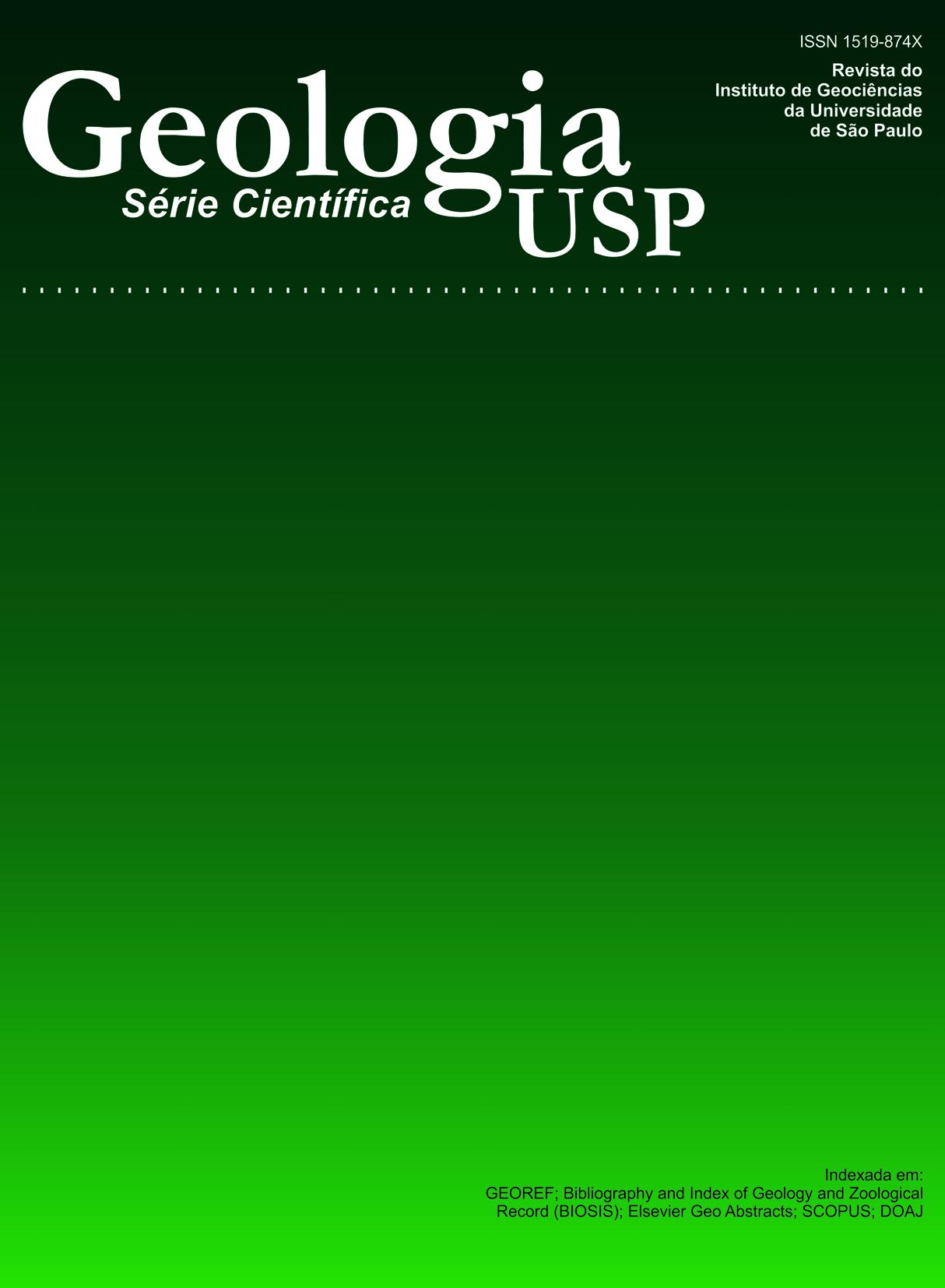Tectônica e água subterrânea em rochas pré-cambrianas do nordeste do Brasil: a diversidade do sistema aqüífero
DOI:
https://doi.org/10.5327/S1519-874X2004000200006Keywords:
crystalline aquifer system, semiarid, Borborema Province, Tectonics, well site location, specific yieldAbstract
Groundwater in fractured crystalline rocks plays an important role in terms of water supply systems of the eastern structural provinces (Borborema to the north, São Francisco to the south) of the Brazilian Shield, the greater part of which under semi-arid climatic conditions. About 100,000 water wells have been drilled in different parts of this region of about 1,000,000 km², over the last 150 years. Only during the last 40 years have technical criteria of location based on structural geology been used, and these criteria have gradually been improved, though less than it was wished. As progress was obtained in the location of wells in crystalline aquifers, so the number of dry or/and abandoned wells have decreased. There are many open possibilities for geological and geophysical research to be developed for the future. It is necessary to recognize that a very wide range of problems exists in the case of aquifer systems in igneous and metamorphic rocks. In spite of this, most texts on this subject (books and papers) are characterized by a simplism that is no longer acceptable. Such diversity is firstly determined by two different groups of variables, those associated with internal dynamics (domains of geotectonics), and those associated with external dynamics (climate and physiography). A third group of variable may be identified in the general water well characteristics, such as its location (well site) and well-design (engineering features), and its maintenance and use (anthropic factors). To establish the relative influences of these groups of variables is difficult and it is matter of dispute. There are some particular cases where only one group of factors/variables is absolutely preponderant in determining the final performance of the well (in terms of specific capacity and water quality). Regarding the crustal types and geotectonic regionalization of this part of the Brazilian (Atlantic) Shield, seven different types of conditions for the aquifer systems are proposed and discussed.Downloads
Download data is not yet available.
Downloads
Published
2004-10-01
Issue
Section
Articles
License
Authors who publish in this journal shall comply with the following terms:
- Authors keep their copyright and grant to Geologia USP: Série Científica the right of first publication, with the paper under the Creative Commons BY-NC-SA license (summary of the license: https://creativecommons.org/licenses/by-nc-sa/4.0 | full text of the license: https://creativecommons.org/licenses/by-nc-sa/4.0/legalcode) that allows the non-commercial sharing of the paper and granting the proper copyrights of the first publication in this journal.
- Authors are authorized to take additional contracts separately, for non-exclusive distribution of the version of the paper published in this journal (publish in institutional repository or as a book chapter), granting the proper copyrights of first publication in this journal.
- Authors are allowed and encouraged to publish and distribute their paper online (in institutional repositories or their personal page) at any point before or during the editorial process, since this can generate productive changes as well as increase the impact and citation of the published paper (See The effect of Open Access and downloads on citation impact).
How to Cite
Neves, B. B. de B., & Albuquerque, J. do P. T. (2004). Tectônica e água subterrânea em rochas pré-cambrianas do nordeste do Brasil: a diversidade do sistema aqüífero . Geologia USP. Série Científica, 4(2), 71-90. https://doi.org/10.5327/S1519-874X2004000200006





